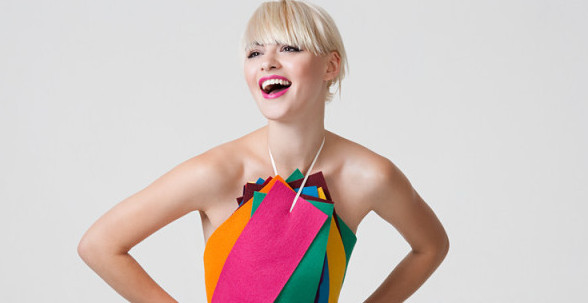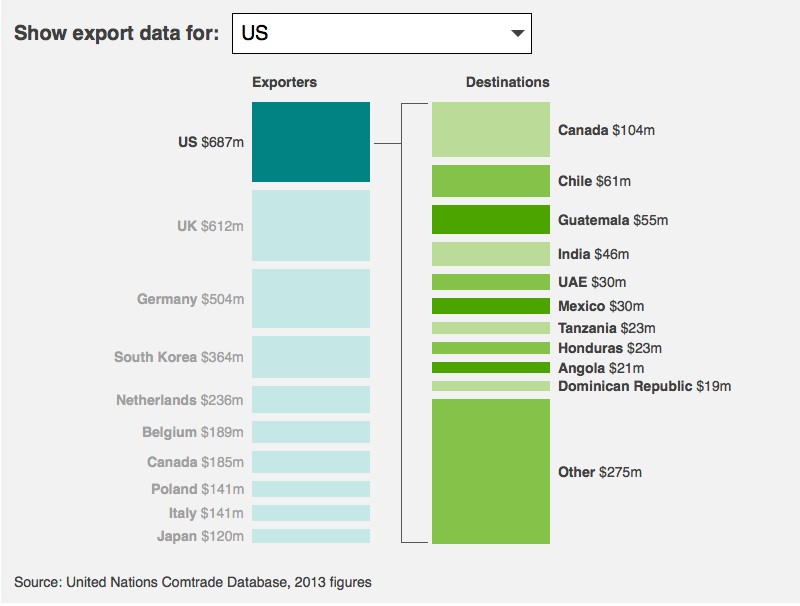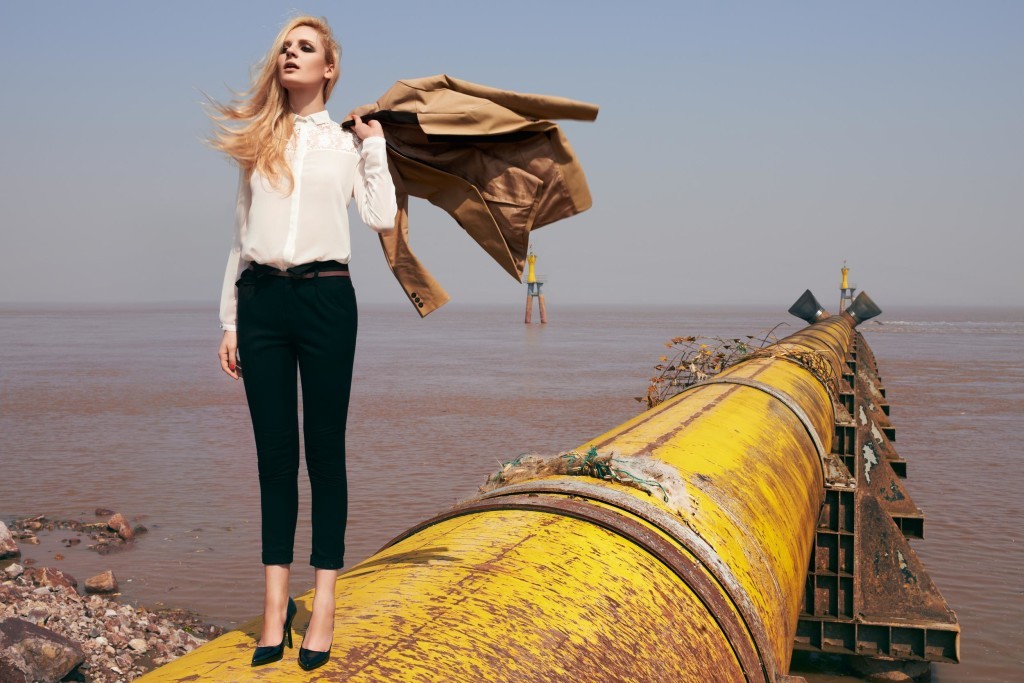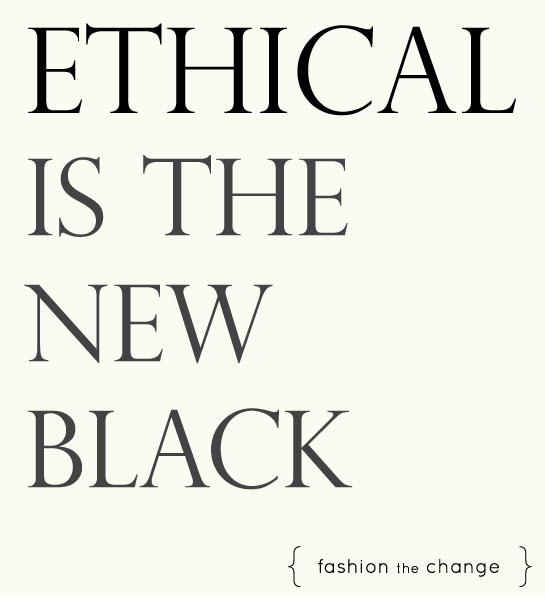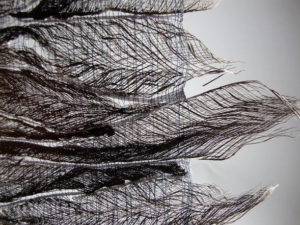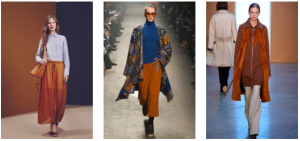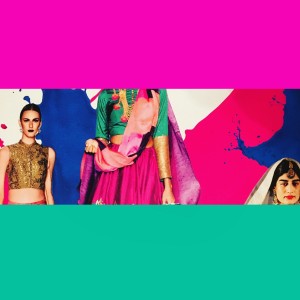I now consider myself an ethical fashion understudy. I’ve been delving into the community, getting a pulse on who the prominent voices are (read: here here and here) and connecting the dots between ethical designers and their retailing strategies.
I also got around to watching True Cost documentary this weekend. It was produced by a mish-mash of advocates (get to know them) and championed by my new, ethical fashion kin. The film took an unwavering stance against consumerism in the developed world that exploits foreign, cheap labor. Not big shocker there.
The movie did make a more salient point about ethical fashion’s role – or lack thereof – in the global labor system. Ethical isn’t a new concept in fashion, yet it’s made little headway to combat or reverse the systemic flaws in production. In fact, it’s gotten worse. Here’s a shocker – did you know most of the second-hand reselling you’re doing to make up for buyers remorse is often being shipped in droves out of the US and packaged as relief to developing nations? It’s effectively wiping out artisan production and any semblance of small business (The Guardian).
The beginning of globalization is as far gone as 90s crushed velvet (hallelujah) but ethical fashion still hasn’t found its foothold in retail.
Here’s a litmus test: Are you more excited to spend Friday’s incoming paycheck on a macramé embroidered handbag from Kenya or a funky pinstriped skirt set that just went on sale at ASOS? Case and point, fast fashion wins over the impulse buyer every time. The YouTube haulers rise to infamy is strong evidence. This hauler has 273,000 followers. My Green Closet has 9,378.
Ethical fashion gets another demerit for wearable design. Fresh ethical talent does exist, but it hasn’t been enough to shake the industry’s reputation for granola garments.
With the data that exists today, we know consumer purchasing is iterative and obvious. People like cheap or they like luxury. And they especially like the idea of looking like they attained luxury – for cheap.
The ethical industry goes awry with its message about ‘purchasing with purpose,’ expecting that consumers are driven by moral purchases. It hasn’t worked for 20 years. It’s time to accept this reality, and figure out how to beat consumers at their own game.
Lately there have been subtle indicators that consumers are ready for a new ethical fashion model. The industry would be wise to capitalize on these trends.
What’s signaling this sea change?
- Blogger Revolt
Man Repeller – aka Leandra Medine, aka the queen of quirky luxury – just came out in defense of slow fashion. Bloggers everywhere may take the hint and begin buying less junk.
- Conformity Revolt
As per the WSJ, consumers are scaling back from the logo-mania of a bygone era. This could mean a wipeout of luxury brands, unless they evolve. Ethical fashion would be smart to find its footing by marrying unique goods with discreet execution.
- Retail Revolt
The department store is fading, opening more space for independent designers to call their own shots. Right now, ethical designers are disparate, but there’s huge potential for them to create an online platform uniting and promoting the industry.

